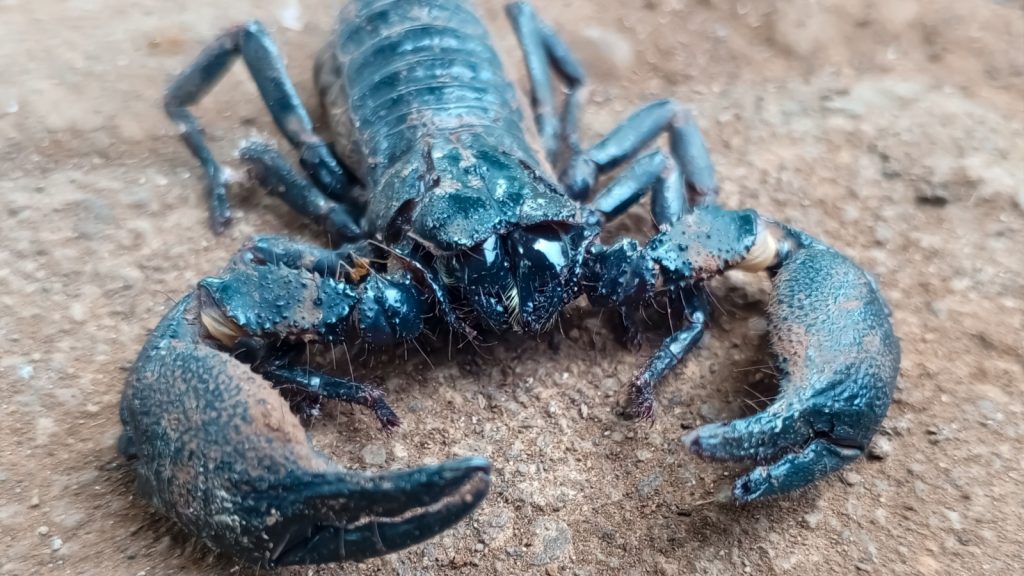In the event of a nuclear disaster, most life on Earth would perish, including the majority of human life. However, some creatures are incredibly resilient and might survive such a catastrophic event. Insects, in particular, have evolved remarkable adaptations that could help them endure extreme conditions. From radiation resistance to the ability to go without food for long periods, these bugs have survival skills that put humans to shame. While their toughness is impressive, the idea of a world dominated by these creatures is unsettling.
Cockroaches

Cockroaches are infamous for their ability to survive extreme conditions. They can withstand radiation doses 15 times higher than what would kill a human. Cockroaches can also live for a month without food and can survive decapitated for a week. Their resilience and ability to eat almost anything make them prime candidates for post-apocalyptic survival.
Fruit Flies
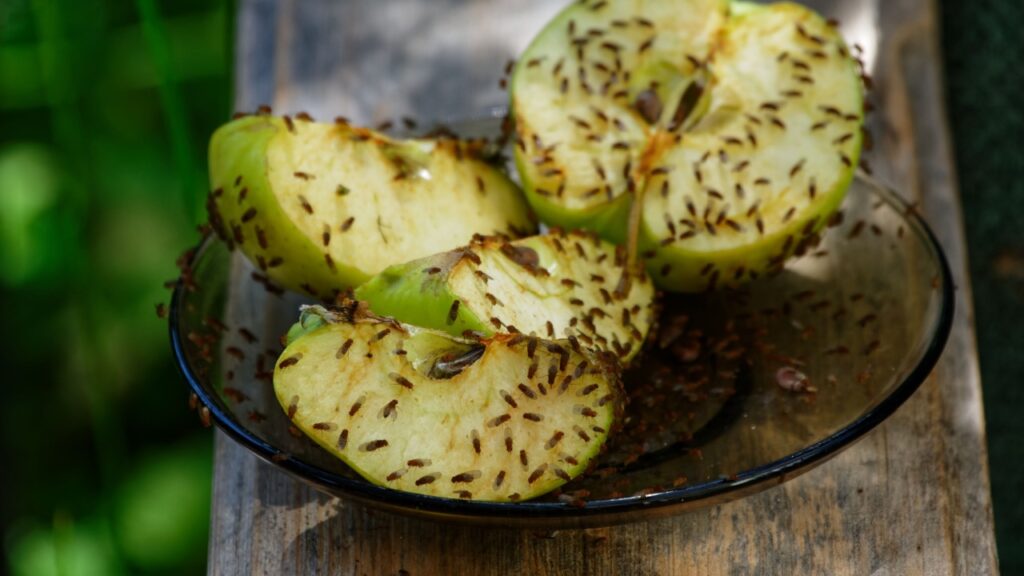
Fruit flies might seem fragile, but they’re surprisingly tough. They can withstand radiation doses up to 64 times higher than humans. Their rapid reproduction rate means they could quickly repopulate after a disaster. Fruit flies’ ability to thrive on rotting organic matter would serve them well in a post-apocalyptic world.
Mealworms
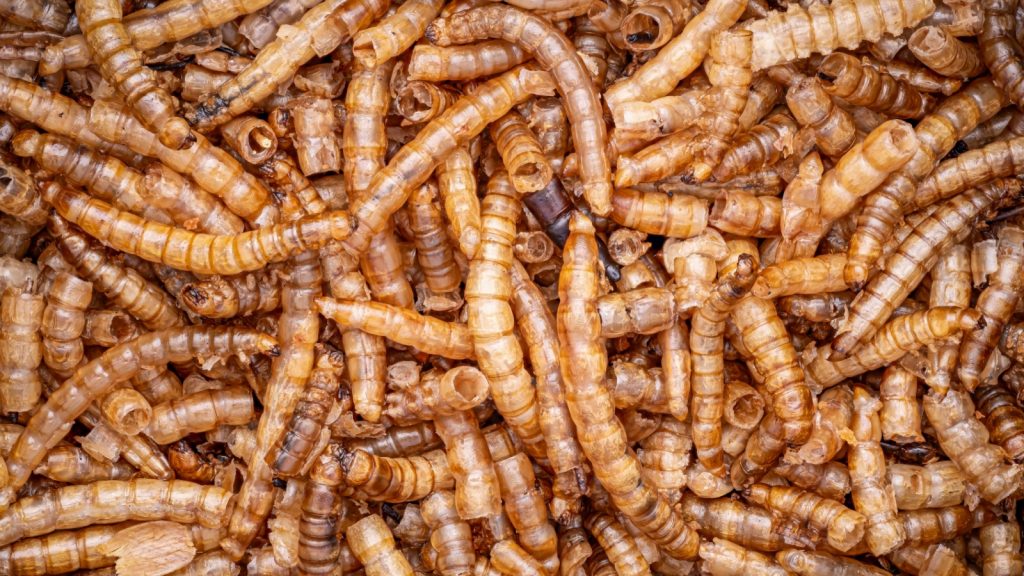
Mealworms, the larval form of darkling beetles, are incredibly hardy creatures. They can digest plastics, potentially thriving in a waste-filled environment after a nuclear disaster. Mealworms can also survive with very little water and in extreme temperatures. Their ability to eat almost anything would be a major advantage in a resource-scarce world.
Scorpions
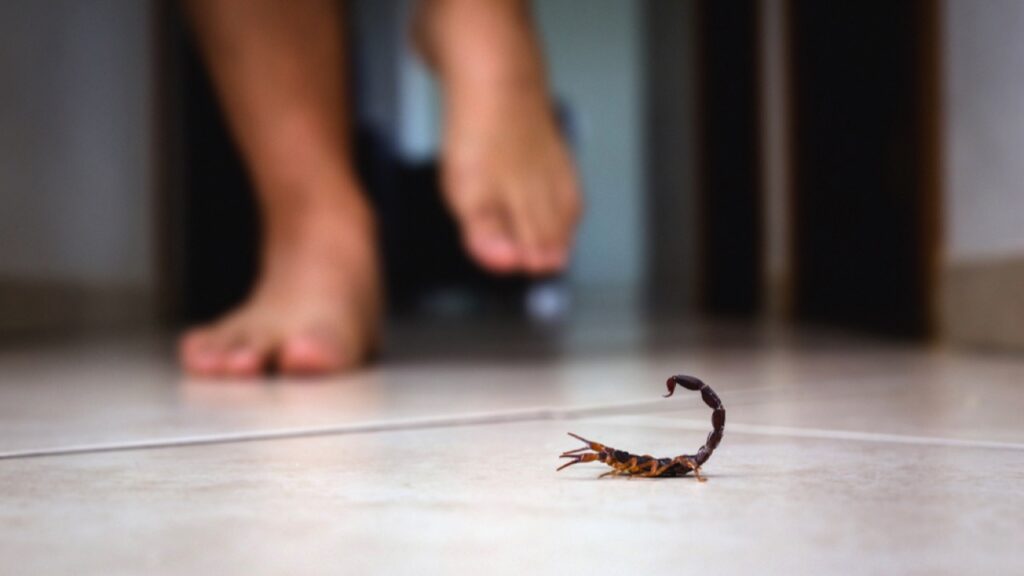
Scorpions have been around for over 400 million years, surviving multiple mass extinction events. They can slow their metabolism to survive on as little as a single insect per year. Scorpions are also highly resistant to radiation, making them likely survivors of a nuclear event.
Ants
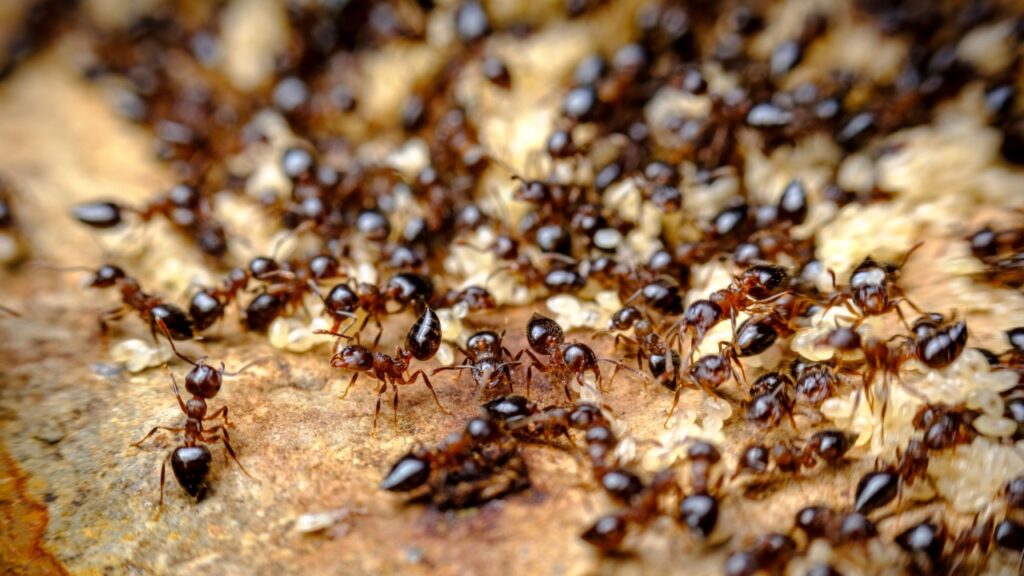
Ants are known for their incredible strength and organization. Some species can survive high doses of radiation, up to 100 times more than humans. Their complex social structures and ability to quickly adapt to changing environments would help them thrive post-apocalypse.
Bed Bugs
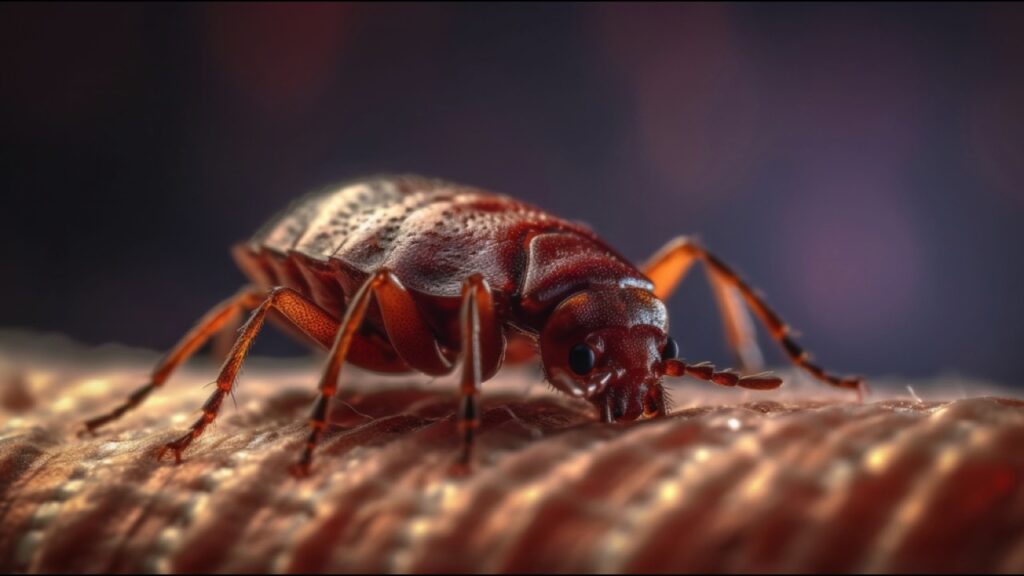
Bed bugs are notoriously difficult to eradicate and can survive without feeding for up to a year. They’re also capable of withstanding extreme temperatures and have shown some resistance to radiation. Their ability to hide in small cracks and crevices would help protect them from initial blast effects.
Water Bears (Tardigrades)

Water bears, or tardigrades, are microscopic creatures known for their incredible resilience. They can survive extreme temperatures, high pressures, and even the vacuum of space. Tardigrades can also withstand radiation levels thousands of times higher than humans, making them likely survivors of a nuclear event.
Termites

Termites have been on Earth for over 120 million years and have survived multiple extinction events. They can digest cellulose, allowing them to eat wood and other plant matter that would be abundant after a disaster. Some species live deep underground, which would provide additional protection from radiation.
Flour Beetles

Flour beetles are pest insects known for infesting stored grains. They can survive in very dry environments and reproduce quickly. Their ability to thrive on minimal resources and their small size would help them survive in a post-apocalyptic world.
American Cockroach

The American cockroach, larger than its German cousin, is equally resilient. It can hold its breath for 40 minutes and survive without its head for a month. These roaches can eat almost anything, including book bindings and glue, which would be advantageous in a resource-scarce environment.
Lice

Human lice, while not pleasant, are incredibly tough. They can survive without food for up to 30 days and withstand extreme temperatures. Lice eggs are even more resilient, potentially surviving nuclear fallout. Their close association with humans might ironically help them survive human extinction.
Carpet Beetles
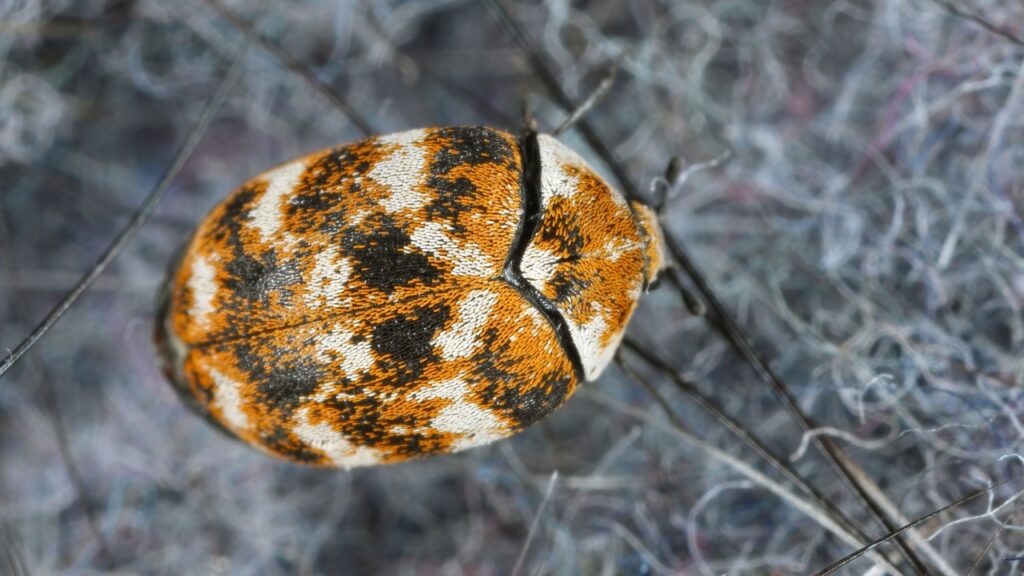
Carpet beetles are small but mighty survivors. They can eat a wide variety of materials, including natural fibers, dead insects, and dried food. Their ability to survive on minimal resources and their small size would help them weather a nuclear disaster.
Wood-Boring Beetles
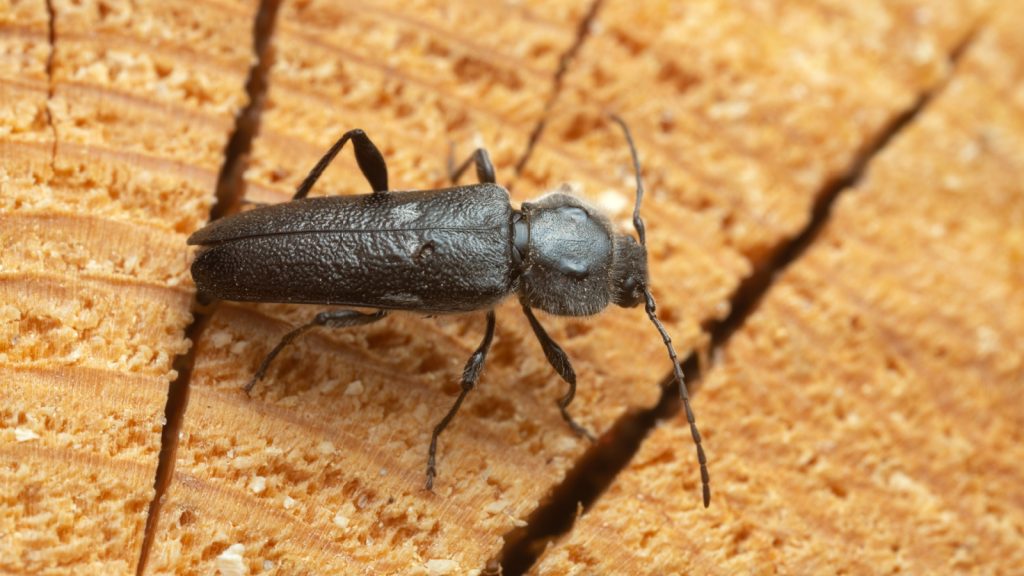
Wood-boring beetles, such as powderpost beetles, can survive inside wood for long periods. This ability would provide them protection from initial blast effects and radiation. Their larvae can develop slowly over several years if necessary, allowing them to wait out harsh conditions.
Firebrats
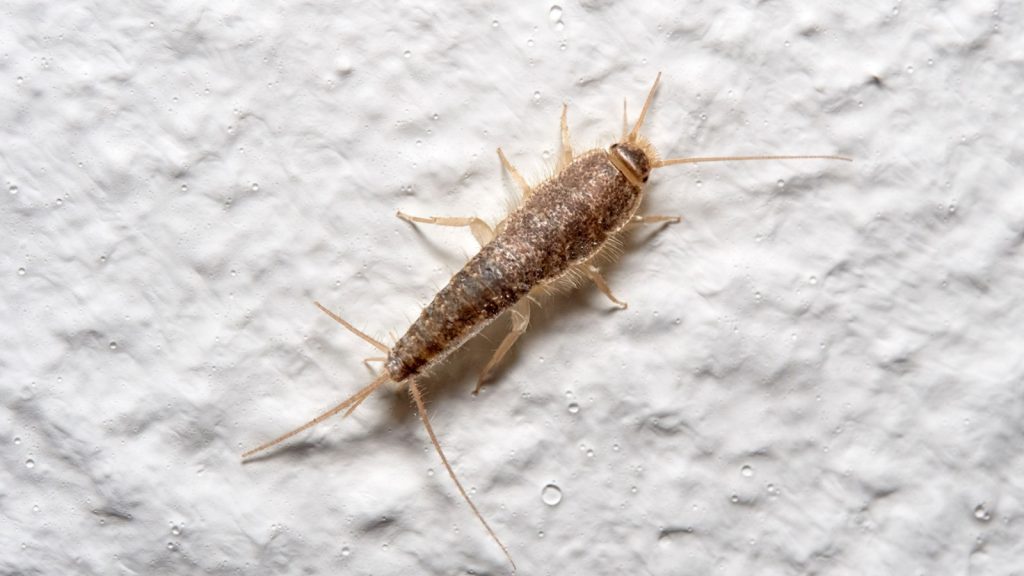
Firebrats are small, primitive insects related to silverfish. They can withstand high temperatures and survive on minimal nutrition. Firebrats are also known to eat a variety of materials, including paper and clothing, which would be beneficial in a post-apocalyptic scenario.
Moth Flies
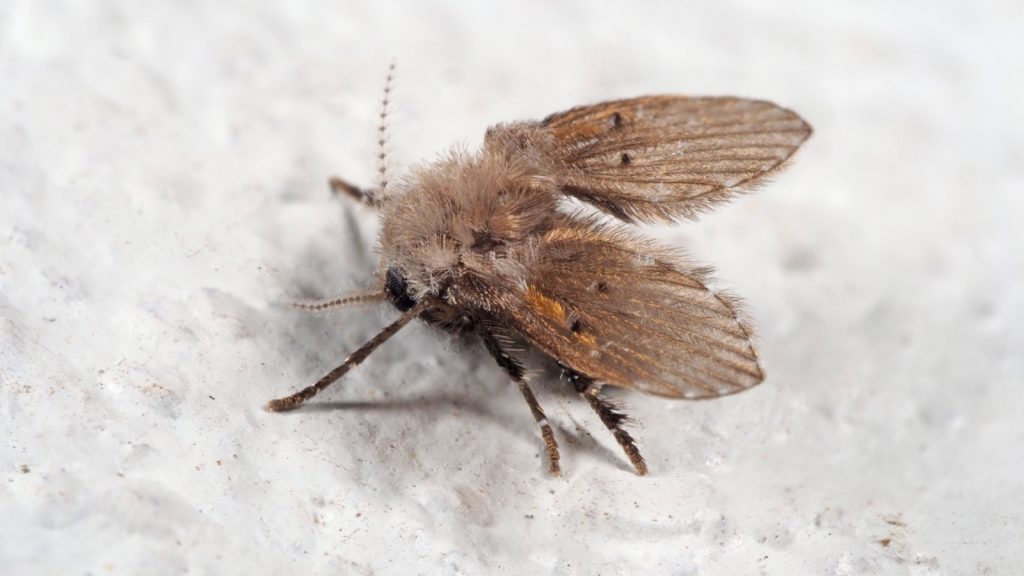
Moth flies, also known as drain flies, are incredibly resilient insects. They can breed in the slimmest of water films and survive in highly polluted environments. Their ability to t

